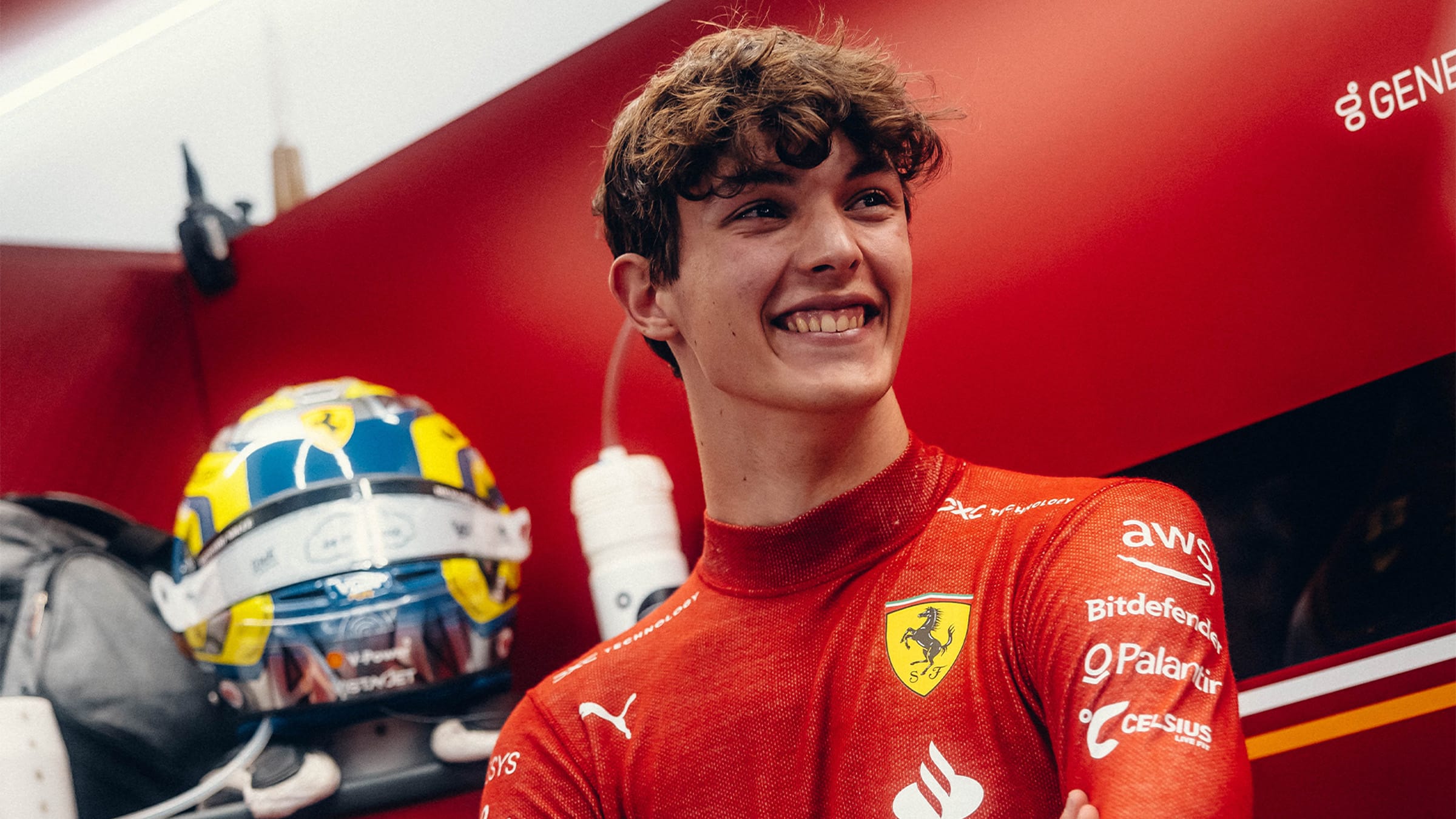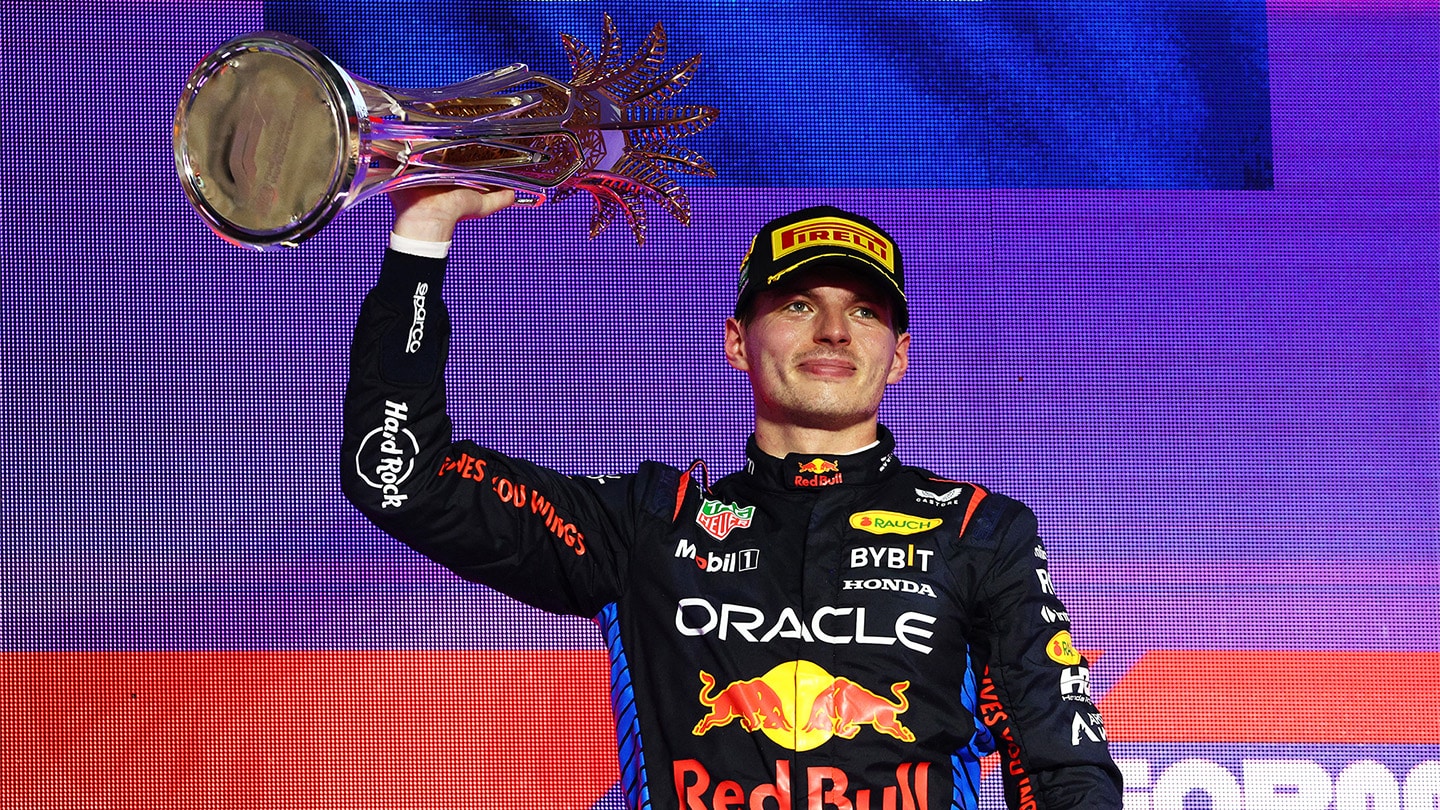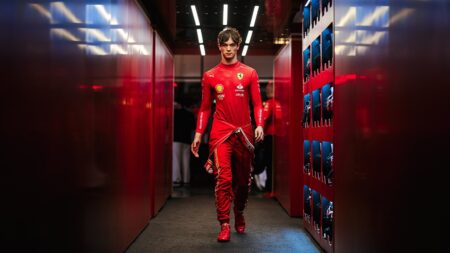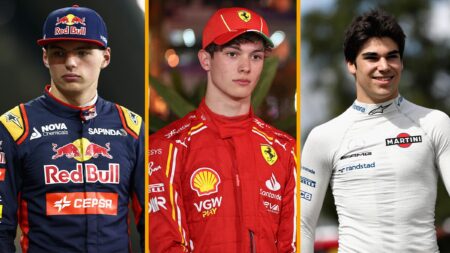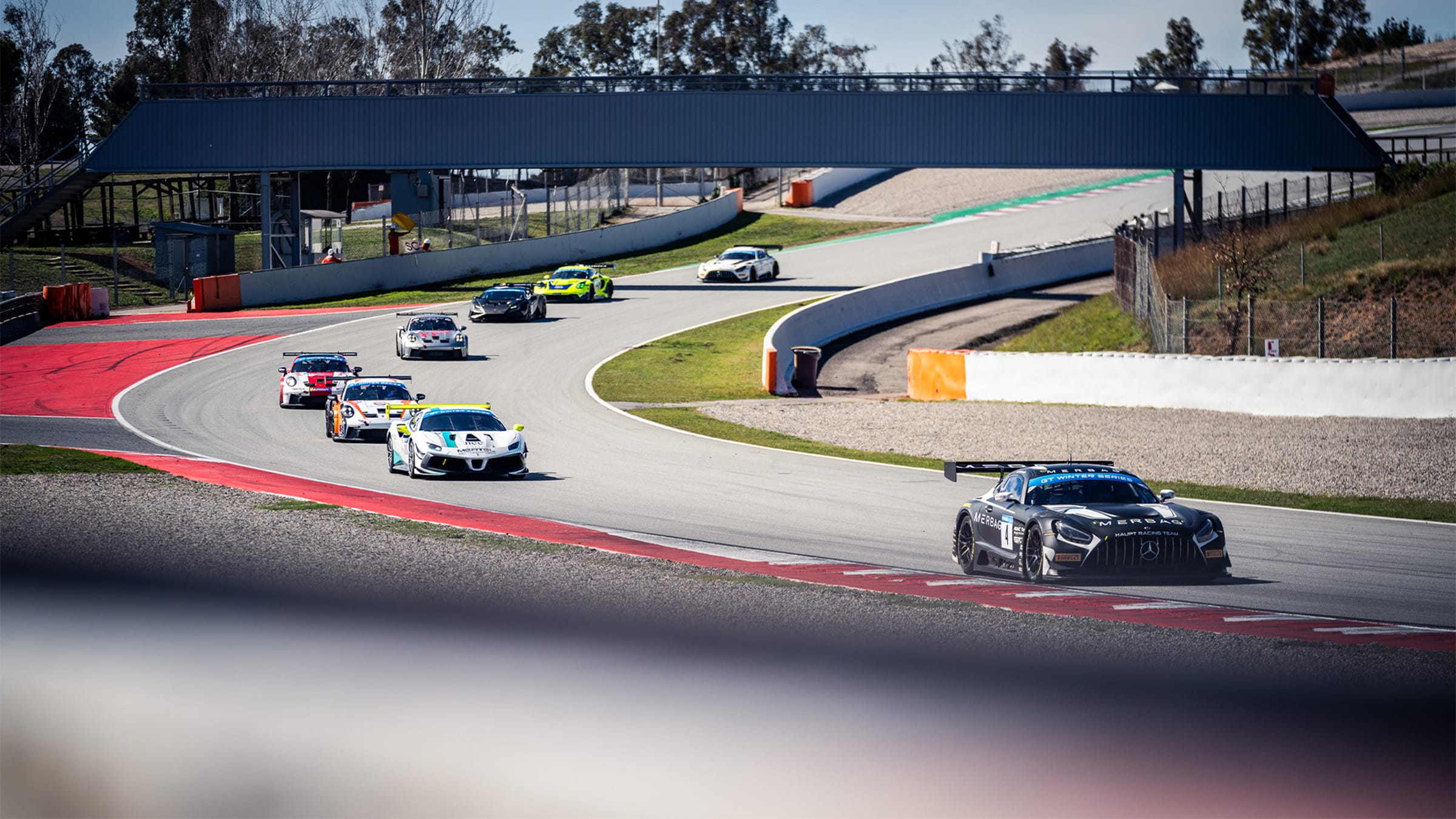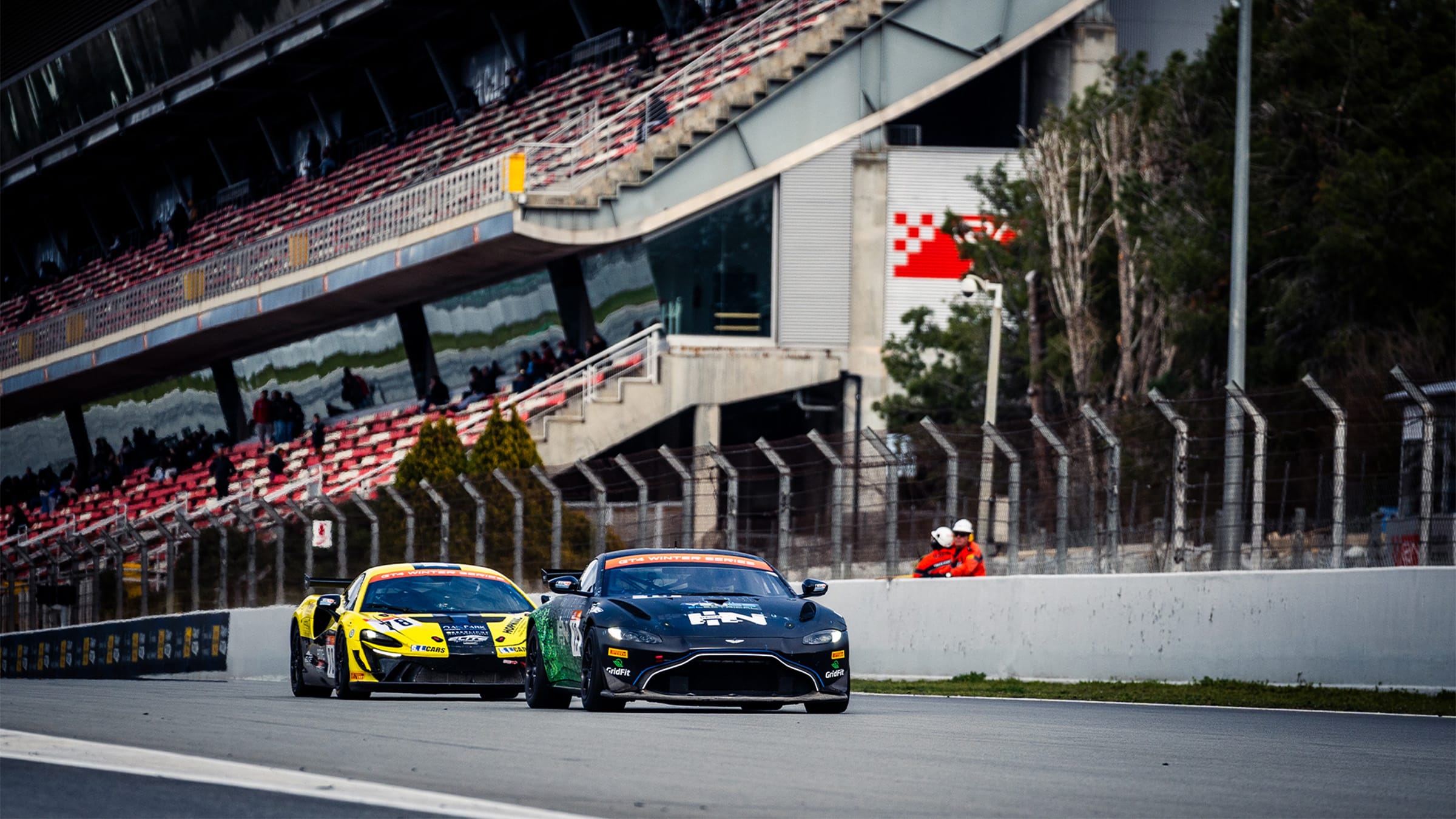The six-round Formula Winter Series (for Abarth-engined Tatuus Formula 4 cars) has been running in Portugal and Spain these past two months, offering a taster to a new batch of fresh karting graduates taking their first steps in car racing. Most I saw out in Barcelona will race on through 2024 in either the Spanish or Italian championships, while some of the Formula Academy racers such as McLaren-affiliated Bianca Bustamante and Williams junior Lia Block (daughter of the late Ken) also used earlier rounds to get their F4 eye in.
On Sunday, a young Aussie called Griffin Peebles won both races with a cool poise again we take for granted to claim the FWS title. The field also included René Lammers, 15-year-old son of the great Jan Lammers, and Thailand’s Enzo Tarnvanichkul – the 2022 world karting champion – who runs in full Red Bull livery. A quick catch-up in the paddock confirms he has the required confidence and polish that will serve him well in the rapid ascent he’s likely about to make.
There were 36 cars on the Barcelona grid, 38 in the rounds I’d also witnessed in Valencia and MotorLand Arargón – and it was chaos. The three 30-minute races each weekend were peppered with safety car interruptions, severely limiting the actual racing laps completed – and perhaps proving that not all teenagers at this raw stage are as fully formed as we (or perhaps they) would like to think. Some of the racecraft and decision-making left a great deal to be desired. Although of course, F4 is all about learning and the inevitable growing pains of transitioning from karts to cars, so it shouldn’t really be a surprise to see lots of mistakes. But given the budgets these drivers are expected to bring, they amount to expensive mistakes.
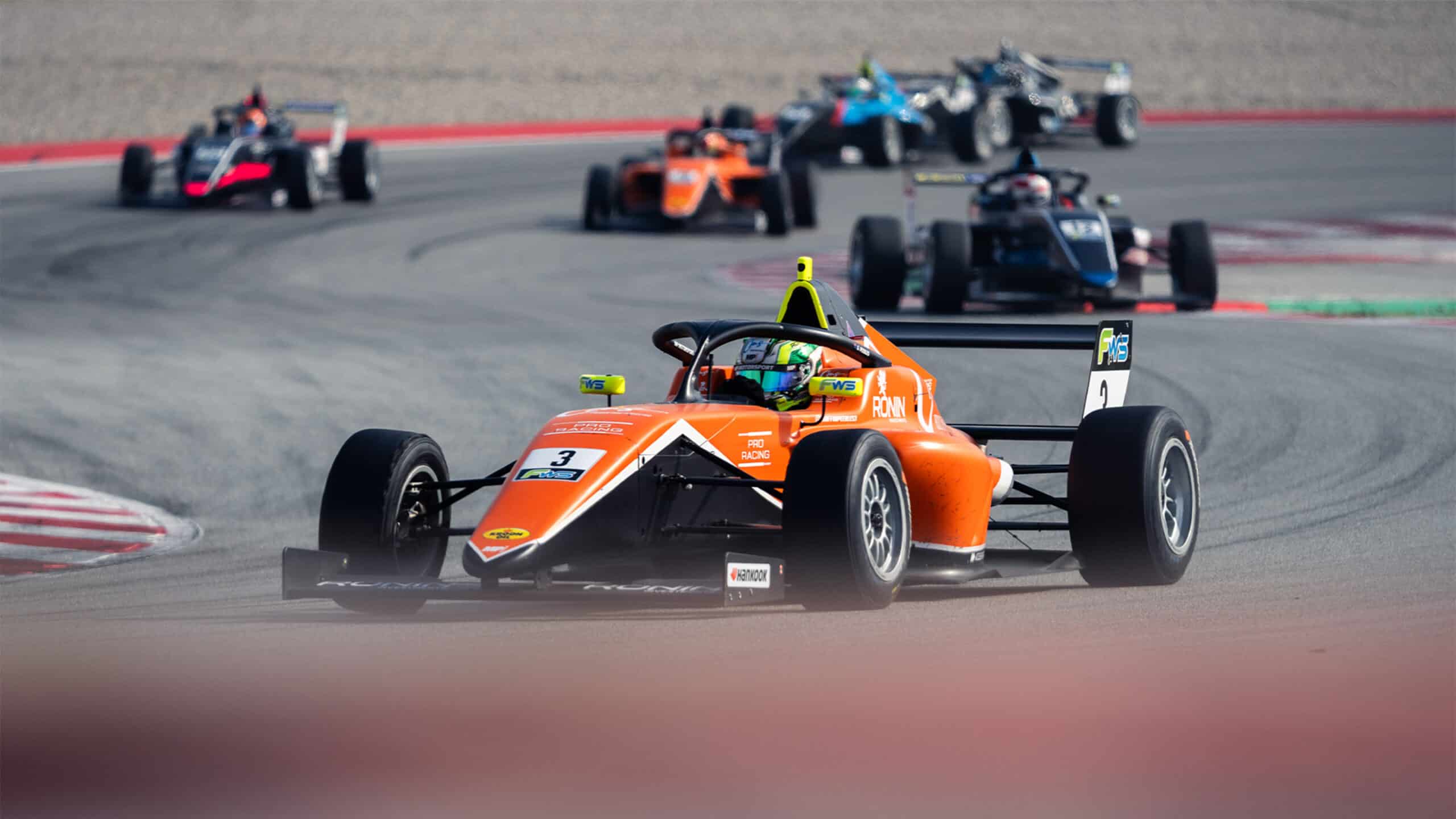
Griffin Peebles leads the F4 field in Barcelona
Daniel Bürgin/Gedlich Racing
Plus from what I could see, the most they got to practise in these races was how to take a restart after a safety car. Big grids are great, but it probably would have been better to split the field and run to a heats and final format to help them avoid crashing into each other and too regularly beaching themselves in gravel traps.
But kudos to all for getting out there. It must be intimidating, no matter how much confidence your privileged upbringing has gifted you, to roll down the pitlane for such hurly-burly in a din of engine noise. But is it worth it? Only if you ‘make it’. I asked one racing parent for an estimate of how much it now takes to lift a kid from karting to the edge of F1. About a dozen years ago I asked the same question of one whose son had made it to the pinnacle (briefly as it turned out) and he reckoned between £6 and 8 million. The dad I spoke to on Sunday reasoned it at about £15m now – and he was probably being conservative.
